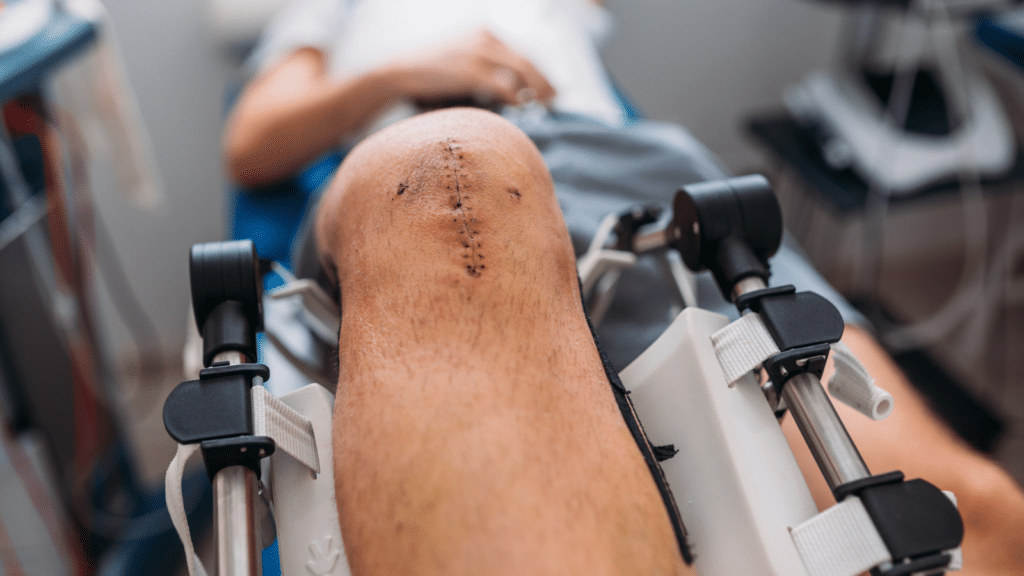If you’ve had a joint replacement, whether it’s your knee, hip, or shoulder, you’re probably wondering when it’s safe to get moving again. The good news? Mobility exercises are safe for most people with joint replacements, and are often encouraged as part of recovery and long-term joint health. Still, it’s important to approach it the right way.

The Benefits of Moving After Joint Replacement
Once you’ve had time to heal, gentle mobility work can support your recovery. It helps improve circulation, reduce stiffness, and maintain range of motion in the joint and surrounding muscles. Staying active can even help extend the lifespan of your implant by keeping supporting muscles strong and balanced.
When to Start Mobility Exercises After Joint Replacements
Timing depends on the type of joint replacement and your overall health. For many, basic movements begin within days of surgery under the guidance of a physical therapist. As healing progresses, mobility exercises become more varied and build on the progress you’ve made.
Always check with your surgeon or physical therapist before beginning or changing your routine. They’ll know your medical history and can guide you on what movements are right for you.
What Movements Are Generally Safe?
Low-impact exercises are typically recommended. These might include:
- Gentle stretches to maintain flexibility
- Seated or standing leg swings for hip or knee replacements
- Arm circles and shoulder rolls for upper body replacements
- Walking or using a stationary bike for building endurance
The key is to move in ways that feel good and don’t trigger sharp pain or swelling.
What to Avoid After Joint Replacements
High-impact activities, twisting motions, or sudden, jarring movements can put strain on your joint. Be cautious with exercises like jumping, running, or deep squats unless you’ve been cleared to do them. Pushing through discomfort is never worth the risk of damaging your implant.
Reference: yaktack.com/words/jarringmovements
Final Thoughts
Mobility exercises can be a safe and important part of life after a joint replacement. The right routine can help you stay active, reduce discomfort, and improve daily function. If you’re unsure where to begin, contact our team at Peake Movement to help you build a plan that supports your recovery and long-term wellbeing.
